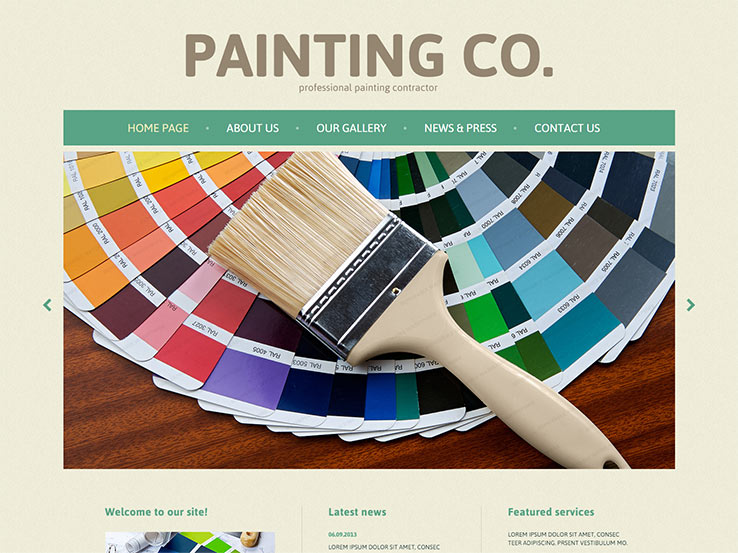Crucial Seasonal Aspects Of Commercial Exterior Painting: What You Should Recognize
Crucial Seasonal Aspects Of Commercial Exterior Painting: What You Should Recognize
Blog Article
Content Author-Aguilar Bagger
When you're preparing a commercial exterior painting task, seasonal elements can make or damage your results. You'll want to think about just how temperature and moisture impact paint application and drying times. Choosing the best period can guarantee your paint sticks properly and lasts longer. However which periods are genuinely the most effective for this kind of job? Let's explore the crucial elements that can affect your project's success.
The Effect of Temperature Level on Paint Application
When you're preparing a business outside painting job, the temperature level can considerably impact how well the paint adheres and dries.
Preferably, you wish to paint when temperature levels vary in between 50 ° F and 85 ° F. If it's also chilly, the paint might not heal appropriately, bring about issues like peeling or fracturing.
On the other side, if it's also warm, the paint can dry out also rapidly, stopping appropriate attachment and leading to an unequal surface.
You must additionally take into consideration the time of day; early morning or late afternoon provides cooler temperature levels, which can be much more favorable.
Constantly inspect read this article for the details paint you're making use of, as they frequently give assistance on the optimal temperature range for optimal results.
Moisture and Its Result on Drying Times
Temperature level isn't the only environmental factor that influences your industrial exterior painting task; moisture plays a considerable role too. High humidity degrees can decrease drying times drastically, impacting the general quality of your paint job.
When the air is saturated with dampness, the paint takes longer to treat, which can bring about problems like bad attachment and a higher threat of mold growth. If you're painting on a specifically moist day, be planned for extended wait times in between layers.
It's essential to keep track of regional climate condition and strategy as necessary. Ideally, aim for humidity degrees in between 40% and 70% for optimal drying out.
Keeping these factors in mind ensures your job stays on track and supplies an enduring coating.
Best Seasons for Commercial Outside Paint Projects
What's the best season for your industrial external painting jobs?
Spring and very early autumn are generally your best bets. Throughout house painting company in minnesota, usa , temperature levels are light, and moisture degrees are commonly reduced, creating perfect conditions for paint application and drying out.
Stay clear of summertime's intense heat, which can cause paint to dry as well promptly, bring about bad attachment and coating. In a similar way, winter's chilly temperatures can impede correct drying out and healing, taking the chance of the longevity of your paint job.
Aim for days with temperatures between 50 ° F and 85 ° F for optimum outcomes. Keep in mind to check the regional weather report for rainfall, as damp conditions can spoil your task.
Planning around these aspects guarantees your painting task runs efficiently and lasts much longer.
Verdict
In conclusion, intending your business external painting tasks around seasonal considerations can make a considerable distinction in the end result. By organizing work throughout the suitable temperature levels and humidity levels, you'll guarantee much better attachment and drying times. Keep in mind to watch on local weather prediction and select the correct time of year-- spring and very early loss are your best bets. Taking these actions will assist you achieve a resilient and specialist surface that lasts.
